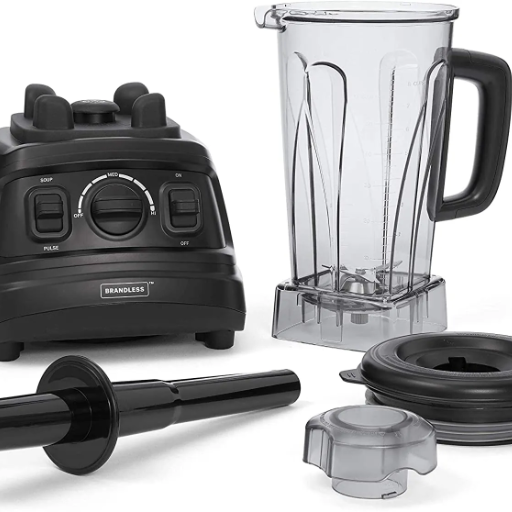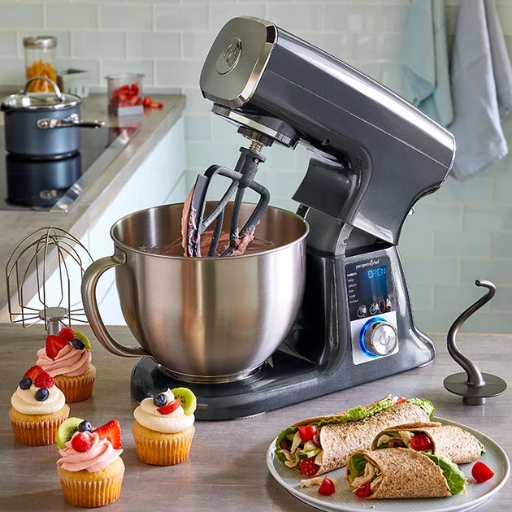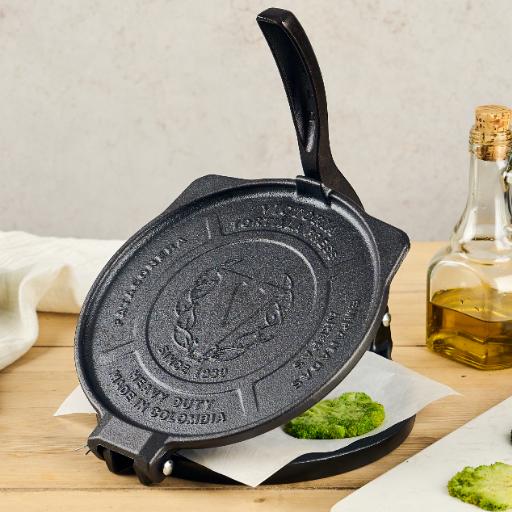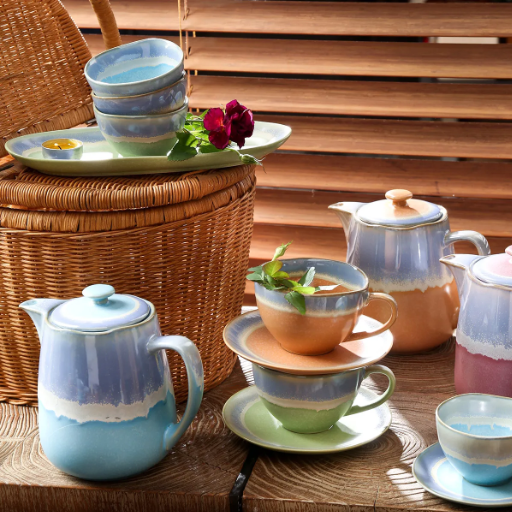Aluminum cookware has become a staple in kitchens worldwide due to its exceptional heat conductivity, lightweight design, and affordability. Whether you’re a professional chef preparing for a busy dinner service, a home cook hosting a romantic dinner, or someone providing meals in challenging circumstances, aluminum pots and pans offer reliable performance for all cooking needs. This comprehensive guide will help you understand the advantages, characteristics, and proper usage of aluminum cookware.
Key Benefits of Aluminum Cookware
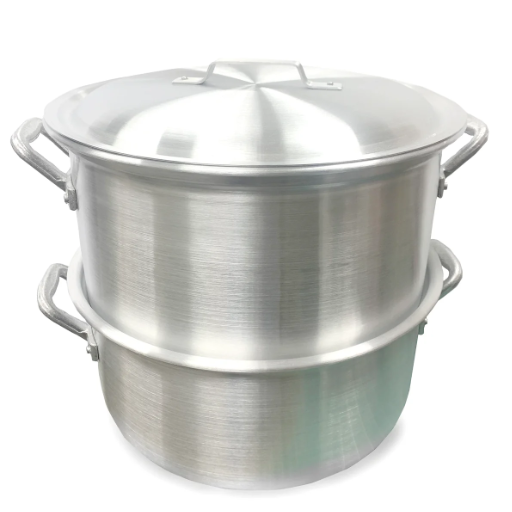
Excellent Heat Conduction
Aluminum pans excel in heat conductive abilities, ensuring high-degree heat transfer throughout the cooking surface. This exceptional thermal conductivity, rated at approximately 205W/m·K (compared to steel’s 16W/m·K), eliminates hot spots and prevents uneven cooking that can occur with other materials.
Lightweight and Easy to Handle
With a density range of 2.6-2.8g/cm³, aluminum utensils are remarkably light, making them easy to lift, handle, and store. This characteristic is particularly valuable for:
- Repetitive cooking tasks like stirring and plating
- Frequent repositioning during cooking
- Reducing physical strain during extended cooking sessions
- Easy transportation for outdoor cooking
Cost-Effective Solution
Compared to other premium materials like copper or stainless steel, aluminum cookware offers excellent value for money. This affordability makes high-quality cooking tools accessible to both professional kitchens and home cooks without compromising on performance.
Corrosion Resistance with Proper Coating
Modern aluminum cookware often features protective coatings such as:
- Non-stick coatings for easy food release and cleaning
- Anodized surfaces that increase durability and prevent warping
- Enamel coatings that provide additional protection from acidic foods
Versatile Usability
Aluminum cookware adapts to various cooking methods and heat sources, making it suitable for stovetop cooking, oven baking, and even outdoor cooking applications.
Types of Aluminum Cookware and Their Uses
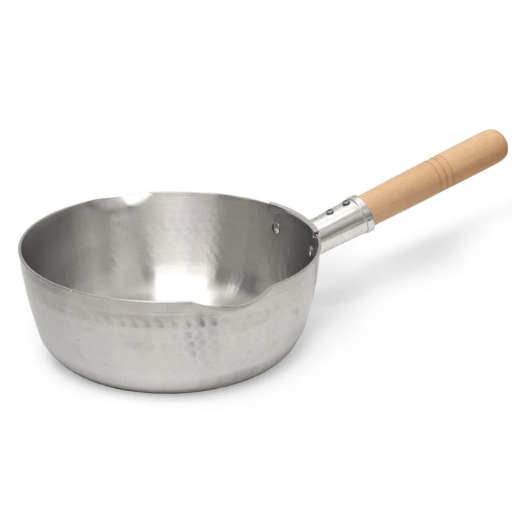
Sauce Pans
Essential for multiple kitchen tasks including boiling water, simmering sauces, and cooking grains. Their excellent heat distribution ensures consistent temperature control for delicate preparations.
Stock Pots
Large aluminum stock pots are the ultimate solution for:
- Preparing large volumes of soups, stews, and broths
- Cooking pasta and rice for groups
- Canning and food preservation
- Outdoor cooking and camping
Stock Pot Specifications
Available in sizes ranging from 8 quarts to 20+ quarts, modern anodized aluminum stock pots feature reinforced bases to prevent warping under high temperatures and ergonomic handles for safe lifting when full.
Frying Pans (Skillets)
Aluminum frying pans are ideal for quick-cooking methods requiring high temperatures, such as:
- Sautéing vegetables
- Browning meats
- Pan-frying
- Making omelets and pancakes
Roasting Pans
Perfect for baking, roasting meats, and preparing large dishes. Their strong construction and ability to withstand high temperatures make them ideal for oven cooking.
Dutch Ovens
Aluminum Dutch ovens are essential for versatile cooking methods including:
- Slow cooking stews
- Long braising sessions
- Bread baking
- One-pot meals
Aluminum Caldero Stock Pots for Traditional Dishes
These traditional-style pots are particularly valued for:
- Rice preparation
- Traditional soup recipes
- Dishes requiring slow, even heat
- Cultural cooking methods
Material Comparisons
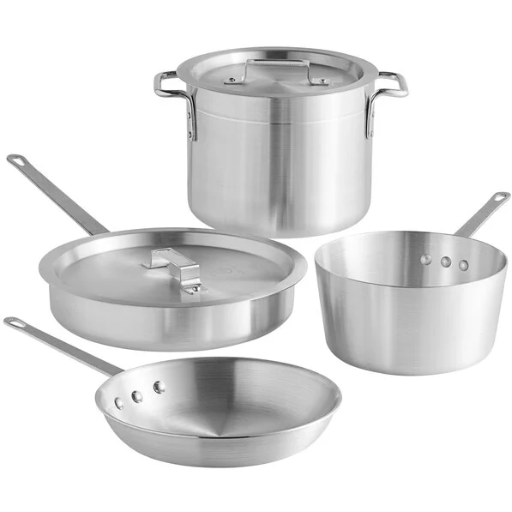
Aluminum vs. Cast Iron
| Parameter | Aluminum | Cast Iron |
|---|---|---|
| Heat Conductivity | Excellent, heats quickly and evenly | Poor, heats slowly with uneven initial spread |
| Heat Retention | Low, cools down rapidly | High, retains heat for extended periods |
| Weight | Lightweight, easy to handle | Heavy, difficult to maneuver |
| Durability | Moderate, prone to warping over time | Extremely durable, lasts for decades |
| Reactivity | Reactive with acidic foods | Non-reactive when properly seasoned |
| Maintenance | Requires minimal care | Needs seasoning and careful upkeep |
| Cooking Techniques | Ideal for sautéing, steaming, and frying | Suitable for frying, grilling, and baking |
| Price Range | Generally affordable | Can be more expensive than aluminum |
Aluminum vs. Stainless Steel
| Parameter | Aluminum | Stainless Steel |
|---|---|---|
| Weight | Lightweight and easy to handle | Heavier and more robust |
| Durability | Softer, scratches and dents easily | Highly durable, resistant to impact |
| Heat Conductivity | Excellent, heats quickly and evenly | Moderate, slower and uneven heating |
| Corrosion Resistance | Prone to corrosion without coating | Resists corrosion and rust |
| Reactivity with Foods | Reacts to acidic/alkaline foods | Non-reactive, safe for all foods |
| Environmental Impact | Often recyclable, eco-friendly option | Less recyclable compared to aluminum |
| Cost | Generally lower cost | Higher cost due to materials |
Nonstick Aluminum Cookware: Pros and Cons
Pros
- Lightweight Design: Easy to handle and maneuver in the kitchen
- Efficient Heat Conductivity: Quick, even heating for consistent cooking results
- Affordability: Cost-effective option for quality cookware
- Nonstick Coating: Reduces oil usage and simplifies cleaning
- Wide Variety: Available in numerous sizes and styles
Cons
- Coating Durability: Nonstick surfaces wear down with use and high heat
- Temperature Limitations: Not suitable for high-heat cooking methods
- Warping Potential: May deform under extreme temperature changes
- Chemical Concerns: Some coatings may contain PTFE or PFOA
- Limited Lifespan: Requires more frequent replacement than other materials
Safety and Maintenance Guidelines
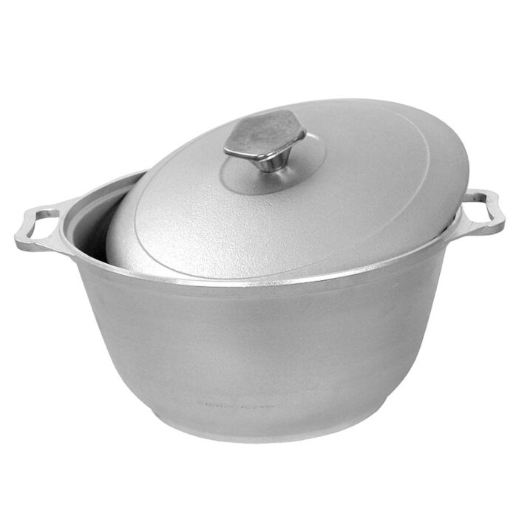
Safe Usage Practices
- Use Moderate Heat: Avoid extremely high temperatures to prevent warping
- Prevent Scratches: Use wooden, silicone, or plastic utensils
- Avoid Acidic Foods: Use anodized or coated aluminum for acidic ingredients
- Regular Inspection: Check for wear, warping, or coating damage
Cleaning and Maintenance Tips
- Use Mild Cleaning Agents: Dish soap and warm water are sufficient for regular cleaning
- Avoid Abrasive Tools: Use soft sponges instead of metal scrubbers
- Clean Promptly: Remove acidic food residues immediately to prevent staining
- Dry Thoroughly: Prevent water spots and potential corrosion
- Store Properly: Stack with protective layers to prevent scratching
Safety Considerations
While aluminum leaching into food is minimal during normal cooking, it can increase with highly acidic foods or damaged cookware. Anodized aluminum cookware provides a more stable surface that reduces metal transfer and is recommended for frequent use.
Current Trends and Innovations
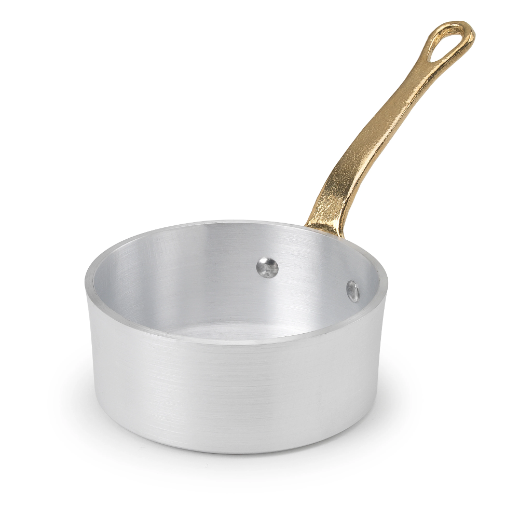
Eco-Friendly Options and Sustainability
Modern aluminum cookware manufacturers are focusing on environmental responsibility through:
- Using recycled aluminum materials
- Developing PFOA-free and PTFE-free coatings
- Implementing water-based coating systems
- Creating energy-efficient designs for reduced cooking times
- Adopting eco-friendly packaging solutions
Design Innovations
Recent advances in aluminum cookware include:
- Multi-layer Construction: Combining aluminum with stainless steel or copper
- Improved Anodization: Enhanced durability and non-reactive surfaces
- Induction Compatibility: Magnetic bases for induction cooktop use
- Ergonomic Handles: Heat-resistant and comfortable grip designs
- Advanced Coatings: Ceramic and diamond-infused nonstick surfaces
Choosing the Right Aluminum Cookware
When selecting aluminum cookware, consider these factors:
- Cooking Style: Match pot types to your most common cooking methods
- Heat Source: Ensure compatibility with your stovetop type
- Size Requirements: Choose appropriate capacities for your household
- Coating Preferences: Decide between anodized, nonstick, or uncoated options
- Budget Considerations: Balance cost with expected durability and performance
- Storage Space: Consider stackable designs for efficient storage
Reference Sources
-
“Characterization of the Interface between Aluminum and Iron in Co-Extruded Semi-Finished Products” (2022)
- Key Findings: This study explored the mechanical interface between aluminum and iron in co-extruded products. It focused on optimizing the support for aluminum during testing to ensure accurate results.
- Read more
-
“Mechanical Properties and Durability of PET Waste Aggregates in Roof Tiles Production”
- Key Findings: The study investigated the use of shredded PET waste, heated and dissolved in aluminum pots, to produce durable roof tiles.
- Read more
Frequently Asked Questions
Q: What are the benefits of using an aluminum pot with lid?
A: An aluminum pot with lid excels at trapping heat and moisture, making it ideal for stews and soups. The lid ensures even heat distribution and faster cooking times. The lightweight design and riveted handles add convenience and safety for both home and outdoor cooking.
Q: Can I use an aluminum stock pot for outdoor cooking?
A: Yes, aluminum stock pots are excellent for outdoor cooking due to their lightweight nature and quick heating capabilities. Look for models with ergonomic handles and glass lids for monitoring food without losing heat.
Q: How does a cast aluminum pot differ from regular aluminum pots?
A: Cast aluminum pots offer superior durability and heat retention compared to regular aluminum. They feature thicker construction, resist warping and denting, and provide more even heat distribution, making them ideal for demanding cooking applications.
Q: Are aluminum pots dishwasher safe?
A: Most aluminum pots are not recommended for dishwasher use as harsh detergents can damage finishes and coatings. Always check manufacturer guidelines and consider hand washing with mild soap to preserve cookware longevity.
Conclusion
Aluminum cookware continues to be a valuable addition to any kitchen, offering excellent heat conductivity, lightweight convenience, and affordable quality. Whether you choose traditional aluminum, anodized versions, or nonstick-coated options, proper care and usage will ensure years of reliable cooking performance. As manufacturers continue to innovate with eco-friendly materials and advanced coatings, aluminum cookware remains at the forefront of modern kitchen technology.
By understanding the benefits, limitations, and proper care techniques outlined in this guide, you can make informed decisions about incorporating aluminum cookware into your culinary arsenal and enjoy its many advantages for years to come.

